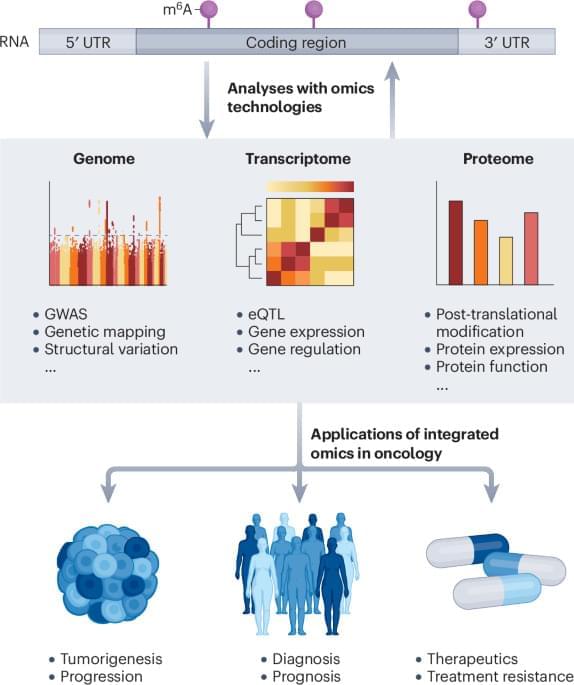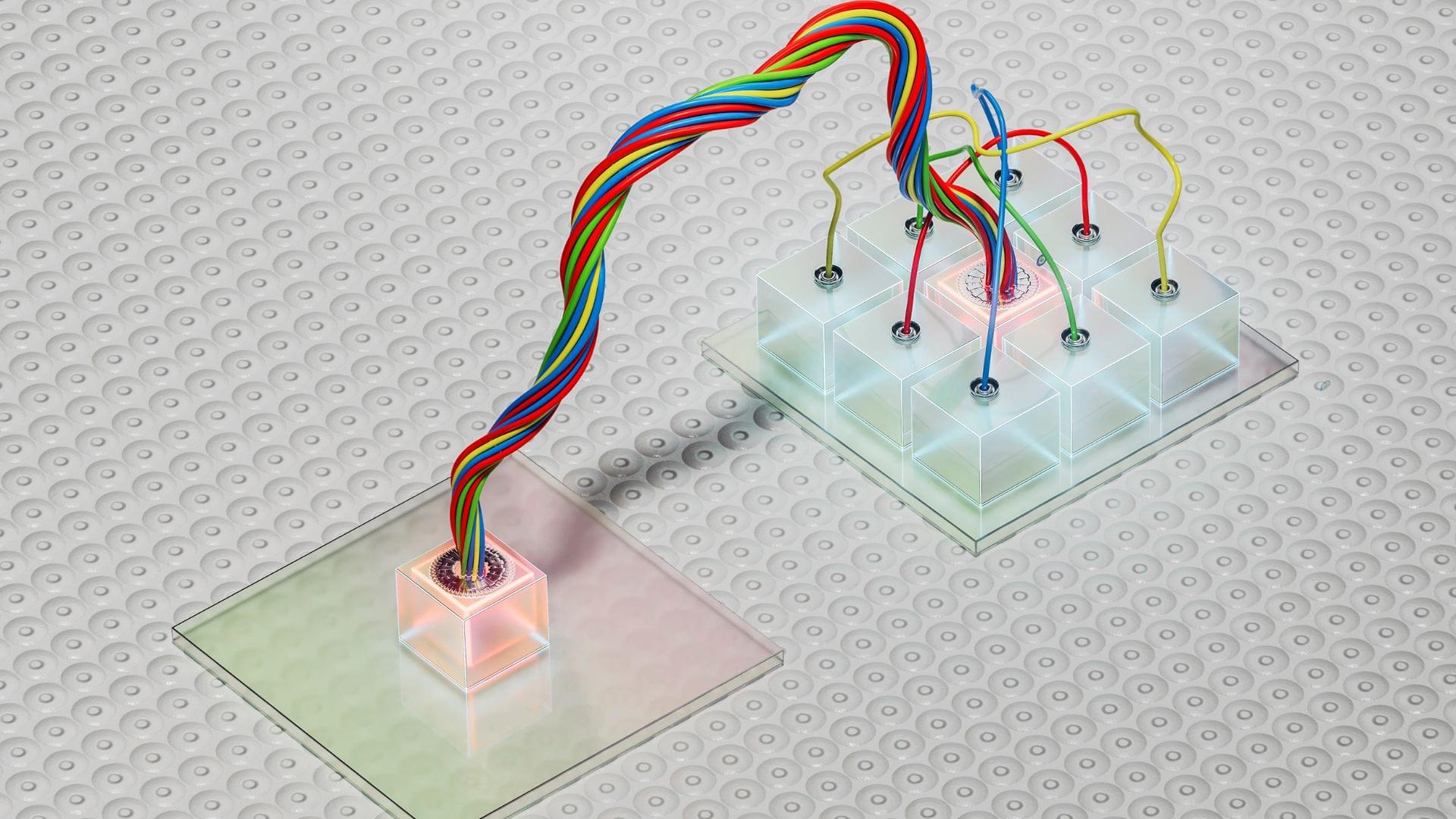Will the United States be the first to attain AGI and ASI? Most assume so. But that’s not guaranteed. Here’s what people are saying. It’s the inside scoop.



In the race to develop AI that understands complex images like financial forecasts, medical diagrams and nutrition labels—essential for AI to operate independently in everyday settings—closed-source systems like ChatGPT and Claude currently set the pace. But no one outside their makers knows how those models were trained or what data they used, leaving open-source alternatives scrambling to catch up.
Now, researchers at Penn Engineering and the Allen Institute for AI (Ai2) have developed a new approach to train open-source models: using AI to create scientific figures, charts and tables that teach other AI systems how to interpret complex visual information.
Their tool, CoSyn (short for Code-Guided Synthesis), taps open-source AI models’ coding skills to render text-rich images and generate relevant questions and answers, giving other AI systems the data they need to learn how to “see” and understand scientific figures.

Mapping the N6-methyladenosine (m6A) transcriptome in prostate cancer has established its clinical potential value as a prognostic biomarker for this disease. A multidisciplinary approach that integrates genomics, transcriptomics, epitranscriptomics, proteomics and clinical oncology is essential to translate the intricacies of m6A modification into tangible benefits for patients.


Scientists at Rice University and University of Houston have developed an innovative, scalable approach to engineer bacterial cellulose into high-strength, multifunctional materials. The study, published in Nature Communications, introduces a dynamic biosynthesis technique that aligns bacterial cellulose fibers in real-time, resulting in robust biopolymer sheets with exceptional mechanical properties.
Plastic pollution persists because traditional synthetic polymers degrade into microplastics, releasing harmful chemicals like bisphenol A (BPA), phthalates and carcinogens. Seeking sustainable alternatives, the research team led by Muhammad Maksud Rahman, assistant professor of mechanical and aerospace engineering at the University of Houston and adjunct assistant professor of materials science and nanoengineering at Rice, leveraged bacterial cellulose — one of Earth’s most abundant and pure biopolymers — as a biodegradable alternative.




The startup behind Chicago’s more than $1 billion quantum computing deal said operations are expected to start in three years, a win for Illinois Governor JB Pritzker, who backed the investment and is widely seen as a potential presidential candidate.
PsiQuantum Corp. will start construction at the state’s new quantum and microelectronics park in the South Side of Chicago later this year, Chief Executive Officer Jeremy O’Brien said in an interview at Bloomberg’s Chicago office. The supercomputer — one of two utility-scale, fault-tolerant machines the company is building globally — is expected to be online in 2028, he said.

Quantum computing is about to enter an important stage — the era of quantum advantage. The first claims of quantum advantage are emerging, and over the next few years, we expect researchers and developers to continue presenting compelling hypotheses for quantum advantages. In turn, the broader community will either disprove these hypotheses with cutting-edge techniques — or the advantage holds.
Put simply, quantum advantage means that a quantum computer can run a computation more accurately, cheaply, or efficiently than a classical computer. Between now and the end of 2026, we predict that the quantum community will have uncovered the first quantum advantages. But there’s more to it than that.
We have arrived already at a place where quantum computing is a useful scientific tool capable of performing computations that even the best exact classical algorithms can’t. We and our partners are already conducting a range of experiments on quantum computers that are competitive with the leading classical approximation methods. At the same time, computing researchers are testing advantage claims with innovative new classical approaches.